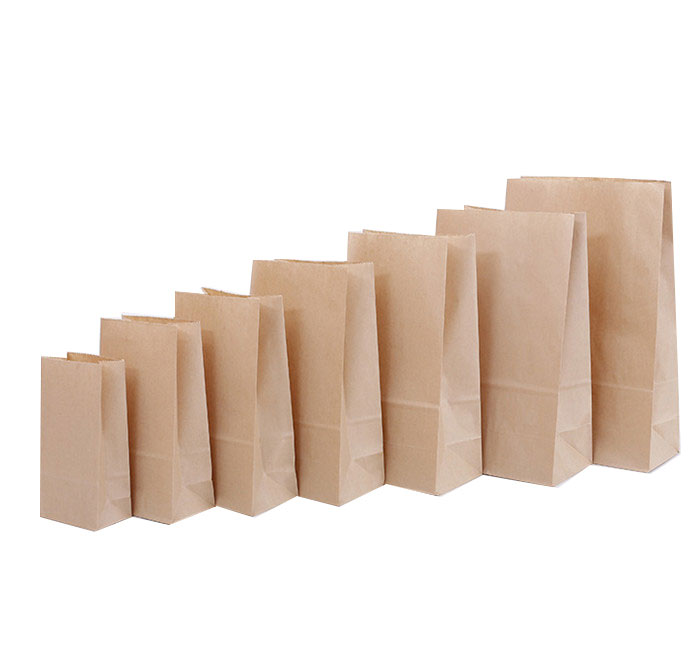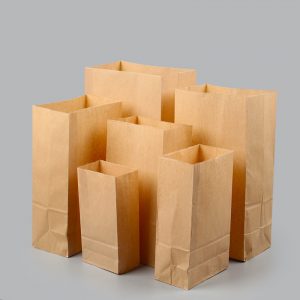Why is the color of the handbag printed different from the color of the template?

The color problem after printing the portable paper bag has always plagued the printing workers. The problem of chromatic aberration can be effectively controlled. It is a scale that reflects the quality of the company's products and the skill level of the operator. Therefore, it is a non-woven handbag. Both manufacturers and printers must pay attention to the issues. Today, let me tell you why the printed handbags are not the same color as the samples.
1. Human factors:
It has nothing to do with the captain's skill level, but it is related to the captain's sense of responsibility. Since the color of the same batch of products can be consistent, the captain's skill level is still not low, but why is it inconsistent with the sample? Is the first one signed? This is entirely the responsibility of the captain. (It is not excluded that the signature is wrong. If it is, this is related to the responsibility of the signatory).
2, paper color:
Papers with different whiteness have different effects on the color of the printed ink layer. Because the whiteness is different, it is equal to adding different black, red, blue or yellow in the ink. Therefore, although the ink quantity and the hue are not changed in printing, the actual ink has a certain transparency, and the color effect is related to the whiteness of the paper. Different manifestations, resulting in different color differences. When you open the material, you must use the same lot of paper. Because the weight, specifications, and size are the same, but the batch number of the production is different, the whiteness of the paper will be different, resulting in the color difference of the printed product. Therefore, paper of the same whiteness must be used as the printing paper of the same product.
3, the gloss and smoothness of the paper:
The gloss of a print depends on the gloss and smoothness of the paper. Offset color printing is when the light is incident on the surface of the paper, the light is reflected to the retina of the human eye, and the color is seen by the photosynthesis accepted by the chromophoric cells. If the gloss and smoothness of the paper are high, the color we observe is basically the color reflected through the ink layer, and the main color is highly saturated. If the surface of the paper is rough and the gloss is low, diffuse reflection will occur, which will reduce the saturation of the main color light, and make the color perception of the printed matter lighter. The same amount of ink was measured by a densitometer. Paper with high smoothness and high gloss density. Paper with low smoothness and low gloss value.
4, the surface of the sheet:
After the surface of the printed matter is processed by lamination, glazing, calendering, oiling, printing, etc., there will be varying degrees of hue change. Some of these changes are physical changes, and some are chemical changes. The physical change is mainly reflected in the increase of specular reflection on the surface of the product, which has a certain influence on the color density. For example, a dull film, an upper UV varnish, calendering, etc., the color density will increase. The color density of the composite film and the upper matte oil print is reduced. Chemical changes are mainly from laminating, varnish, UV oil and so on. These materials contain a variety of solvents that cause a chemical reaction of the color of the printed ink layer to cause a change in color. Therefore, as a printed matter for packaging offset printing, if there is a post-printing process during printing, physical changes and chemical changes of the post-press processing must be taken into consideration to determine the density value and the Lab value of the ink layer during printing.
5, printing pressure:
Printing pressure is one of the conditions for ink transfer. Since the surface of the printing plate, the blanket, and the like cannot be absolutely flat, the surface of the paper is inevitably subject to fine irregularities or uneven thickness. If the printing pressure is insufficient or uneven, the ink layer is prone to unevenness, so it is required to achieve "three flats" in the process, that is, the surface of the printing plate, the blanket and the substrate and the surface of the lining are required to be relatively flat. Under the condition, a relatively thin ink layer can be used to obtain a relatively uniform ink color on the printed matter by a balanced printing pressure.
When the printing pressure is insufficient or uneven, when there is a poor contact between the liner and the printing plate surface, it is necessary to increase the amount of ink to meet the visual effect of the inking. However, this will not only increase the consumption of ink, but also easily cause the chromatic aberration of printing and the sticky phenomenon of the printed matter. Therefore, the "three flats" (ink roller flat, water roller flat, roller flat) adopt uniform and constant printing. Pressure can prevent chromatic aberration caused by improper pressure.
6. Look at the light source of the sample station:
Offset prints must have a light source when viewing color, and no color can be seen without light, but if the characteristics of the light source are different, the difference in color will be large. In general, we require color viewing under natural light conditions (ie, standard light sources). If you use an ordinary light bulb as a light source to look at the color, the color will appear yellow, it is difficult to accurately identify the color, and finally the printed product will produce severe color cast. In addition, the intensity of light and the angle of illumination can also affect color discrimination. Under the same light source, the intensity of light reflected on the illuminated sample is mainly determined by the distance between the sample and the light source. The near is strong, the far is weak. Therefore, we should pay attention to two points in the work, whether it is day or night: one is to use standard light source (wavelength 400-700 or so), and the other is to pay attention to the intensity of the light source and the angle of illumination. For products with high color requirements, the ink samples of the printed sheets should be placed on the standard samples for comparison, so that the color discrimination is relatively accurate due to the small observation angle difference. Therefore, the process practice tells us that the difference in the characteristics of the light source and the angle of observation will directly affect the accurate discrimination of the color.
7, dry back density value:
Immediately after the offset printing product is printed, the ink is still in a wet state, and the density value measured at this time is different from the density value measured after the printed matter is dried. The wet density value is high, and the dry density value is low, which is the phenomenon of dry back density. This is because the ink layer just printed has a certain level of leveling. It is characterized by the specular reflection of the surface, which looks bright and shiny. When the ink layer is dry, the surface has a diffuse reflection phenomenon, and the natural gloss is duller than when it is printed. In order to ensure that the batch product reduces chromatic aberration as much as possible during normal printing, we use the same wet density test method for control. That is, the first time the printed product is wet, the wet density value and the L*a*b* value are measured immediately after the customer signs the agreement. When the product is printed later (wet state), the color is controlled according to the density value and the L*a*b* value measured for the first time. Of course, if a densitometer with a polarizer device is used, it can eliminate the light generated by specular reflection on the surface of the ink layer. The measured wet density is relatively close to the dry density, and can also help to control the chromatic aberration reduction.
For more information about paper bag, please pay attention to sinceyoung, if you have any comments on our information, welcome feedback











